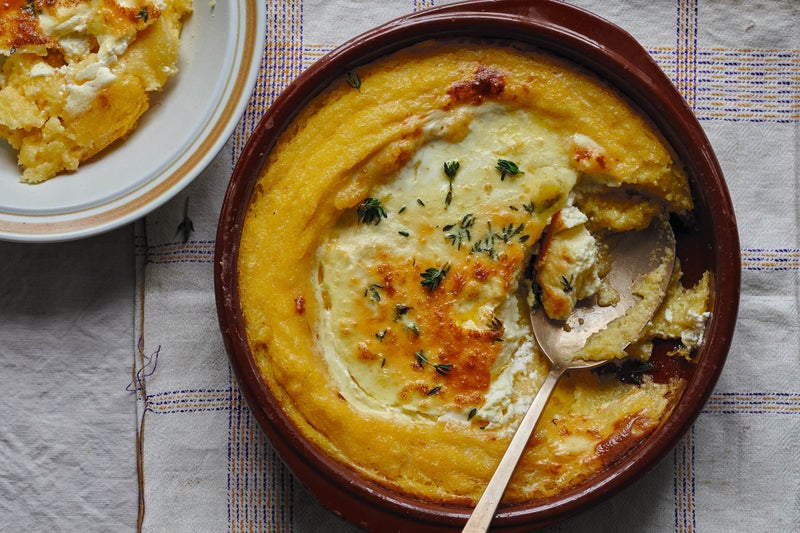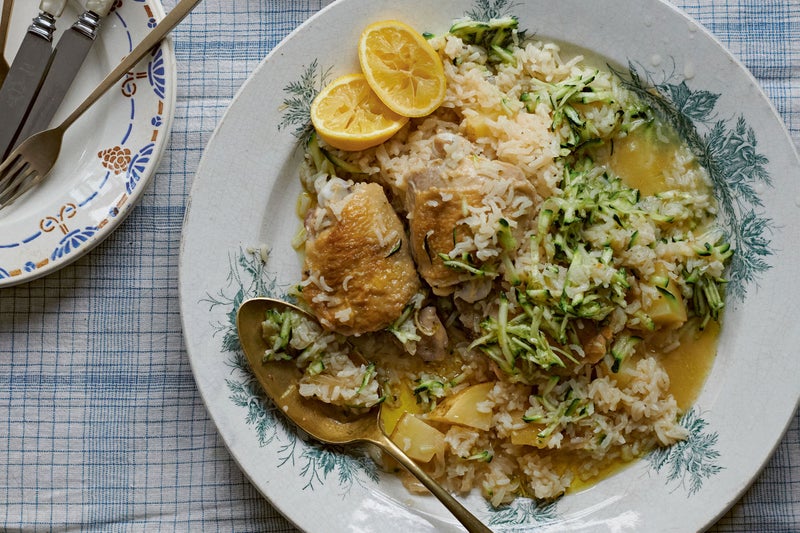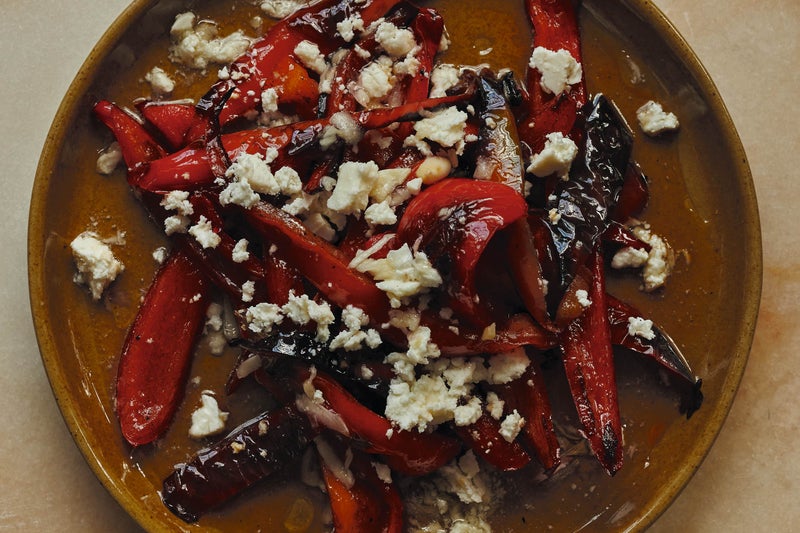Even when we do cook with meat or fish, our dishes often feature spring onions, leeks, chard, spinach, courgettes, aubergines and tomatoes, and there are constant culinary nods to the Roman empire, too: leeks, so loved by the Romans, are the culinary symbol of Oltenia in the south of the country; we still bake ash bread under a dome-shaped earthenware lid called a testum, known locally as a țest, much as they did in Pompeii; we add vinegar, a Roman favourite, to our soups; and we use lots of lovage and parsley, which flavoured many ancient Roman dishes.
Heat a thin layer of oil in a frying pan large enough to accommodate all the fish, then pat the fish dry and fry for a couple of minutes on each side, until just cooked through.
Add the stock and chopped tomatoes, turn down the heat to medium-low and carry on cooking for 15 minutes; if you like, cover the pan, in which case reduce the heat even more so it cooks at a very gentle bubble.
Bring a large pan of well-salted water to a boil, then dip a teaspoon into the hot water and use it to start scooping up small amounts of the dumpling mix and dropping them into the hot water – half a teaspoon is usually a good size, but don’t worry if you make them larger.
Add the sliced leeks, a pinch of salt and the coriander seeds, and cook, stirring, over a medium heat for 15-25 minutes, until nicely caramelised.






















